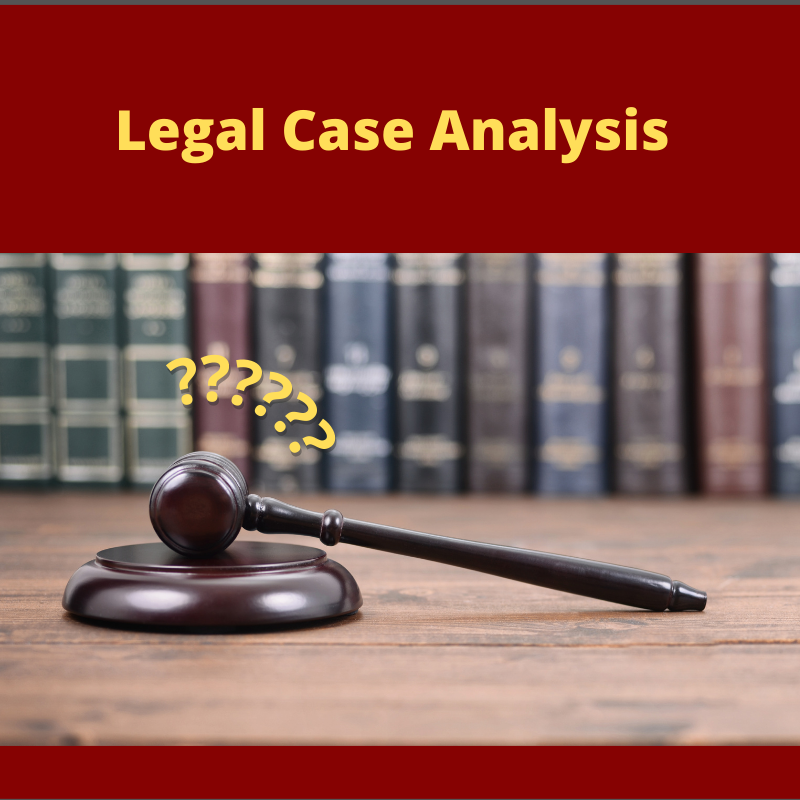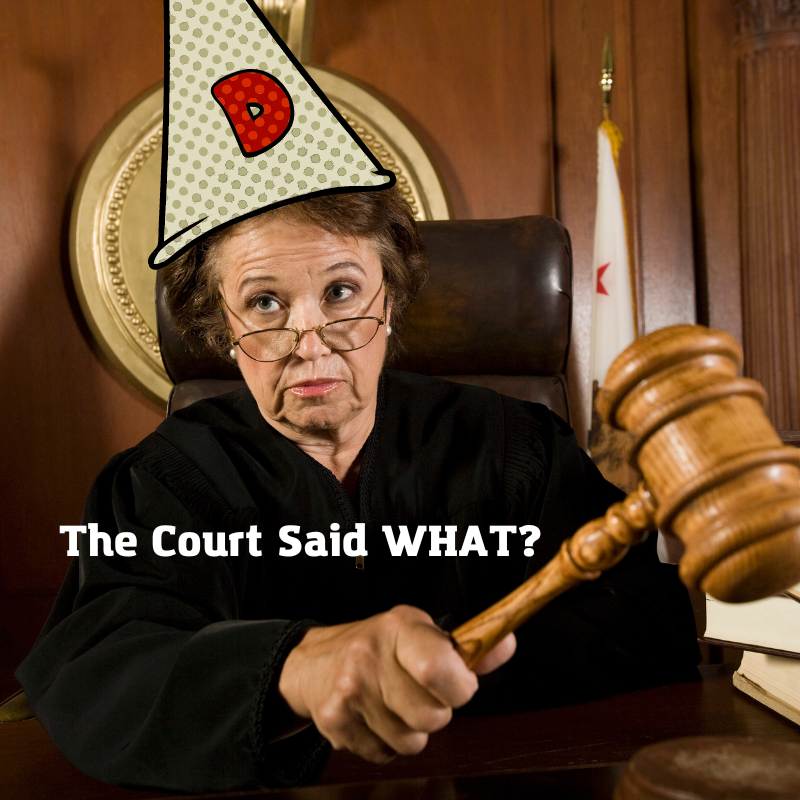Is Barrel Proofing an Analogous Regulation?

It was suggested by it’s just Boris that a founding era firearm safety requirement could be used to support the California Roster system. In particular, they suggested that proof testing would be a close enough match.
It isn’t. Proofing a firearm is entirely different from the idea of requiring or forbidding features.
The original proofing was done to make sure that guns did not blow up in your face. Because of the metallurgy of the time it was not a good idea to trust a pressure vessel until it had been tested. To this end “proofing” was required.
— The Production of Muskets and Their Effects in the Eighteenth Century
Emphasis added.
What is very important about the requirement for “proofing”, from a Second Amendment view, is that no class of arm, “pattern” was outright banned.
What was happening is that a level of third party quality control was being performed, by the government.
At times the proofing wasn’t done a the royal proofing houses but was instead done at the manufacturer’s location.
With the California roster, the concept is that if California doesn’t like the weapon it is banned. Not that the weapon has to perform as designed and not blow up.
In addition, while proofing was required in Europe, I can find no regulations that actually require the proofing of firearms from 1790-1799. I used both Google and Duke Center for Firearms Law. It is likely that with a bit more work I could find something at Duke but the real proof is that the state has not made the argument in any of the cases I’ve read.


/cloudfront-us-east-1.images.arcpublishing.com/gray/OBV5TB2D6VGSZHVHHYJC2WM3S4.JPG)
